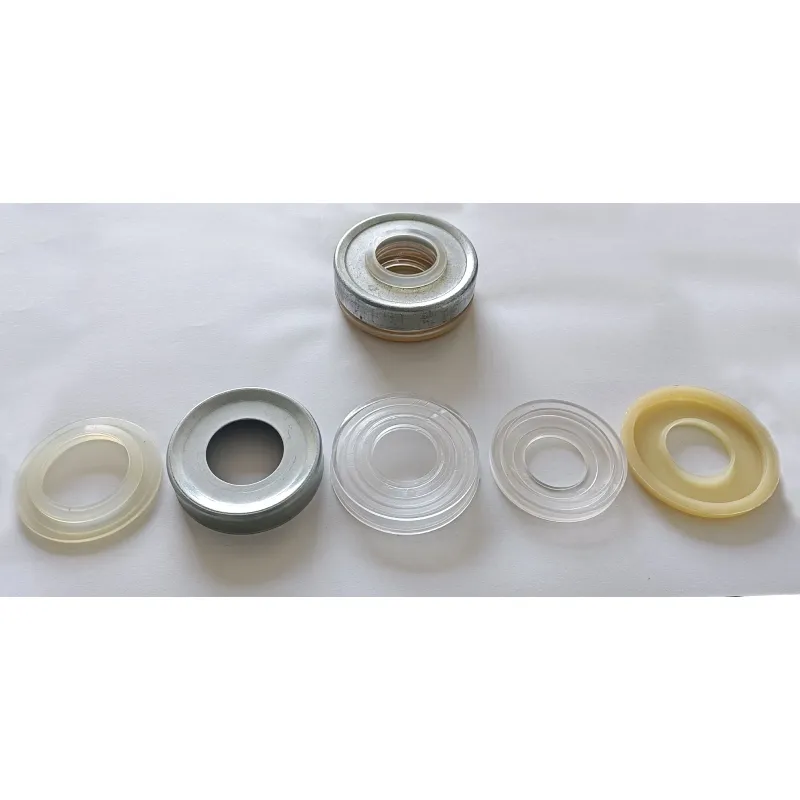 Afrikaans
Afrikaans  Albanian
Albanian  Amharic
Amharic  Arabic
Arabic  Armenian
Armenian  Azerbaijani
Azerbaijani  Basque
Basque  Belarusian
Belarusian  Bengali
Bengali  Bosnian
Bosnian  Bulgarian
Bulgarian  Catalan
Catalan  Cebuano
Cebuano  Corsican
Corsican  Croatian
Croatian  Czech
Czech  Danish
Danish  Dutch
Dutch  English
English  Esperanto
Esperanto  Estonian
Estonian  Finnish
Finnish  French
French  Frisian
Frisian  Galician
Galician  Georgian
Georgian  German
German  Greek
Greek  Gujarati
Gujarati  Haitian Creole
Haitian Creole  hausa
hausa  hawaiian
hawaiian  Hebrew
Hebrew  Hindi
Hindi  Miao
Miao  Hungarian
Hungarian  Icelandic
Icelandic  igbo
igbo  Indonesian
Indonesian  irish
irish  Italian
Italian  Japanese
Japanese  Javanese
Javanese  Kannada
Kannada  kazakh
kazakh  Khmer
Khmer  Rwandese
Rwandese  Korean
Korean  Kurdish
Kurdish  Kyrgyz
Kyrgyz  Lao
Lao  Latin
Latin  Latvian
Latvian  Lithuanian
Lithuanian  Luxembourgish
Luxembourgish  Macedonian
Macedonian  Malgashi
Malgashi  Malay
Malay  Malayalam
Malayalam  Maltese
Maltese  Maori
Maori  Marathi
Marathi  Mongolian
Mongolian  Myanmar
Myanmar  Nepali
Nepali  Norwegian
Norwegian  Norwegian
Norwegian  Occitan
Occitan  Pashto
Pashto  Persian
Persian  Polish
Polish  Portuguese
Portuguese  Punjabi
Punjabi  Romanian
Romanian  Russian
Russian  Samoan
Samoan  Scottish Gaelic
Scottish Gaelic  Serbian
Serbian  Sesotho
Sesotho  Shona
Shona  Sindhi
Sindhi  Sinhala
Sinhala  Slovak
Slovak  Slovenian
Slovenian  Somali
Somali  Spanish
Spanish  Sundanese
Sundanese  Swahili
Swahili  Swedish
Swedish  Tagalog
Tagalog  Tajik
Tajik  Tamil
Tamil  Tatar
Tatar  Telugu
Telugu  Thai
Thai  Turkish
Turkish  Turkmen
Turkmen  Ukrainian
Ukrainian  Urdu
Urdu  Uighur
Uighur  Uzbek
Uzbek  Vietnamese
Vietnamese  Welsh
Welsh  Bantu
Bantu  Yiddish
Yiddish  Yoruba
Yoruba  Zulu
Zulu conveyor wing pulley
The Importance of Conveyor Wing Pulleys in Material Handling Systems
Conveyor systems play a crucial role in various industries, facilitating the efficient movement of materials. Among the essential components of these systems are conveyor wing pulleys, which significantly enhance the operational efficiency and longevity of the conveyor setup. This article explores the function, benefits, and considerations associated with conveyor wing pulleys in material handling systems.
What are Conveyor Wing Pulleys?
Conveyor wing pulleys are specialized pulleys designed with angled flanges that extend from the main body of the pulley. These flanges, often known as wings, serve several purposes, primarily aimed at guiding and supporting the conveyor belt during operation. Wing pulleys can be seen as the end pulleys in conveyor systems, acting as a key point for belt tension and alignment.
Key Functions of Wing Pulleys
1. Belt Performance The unique design of wing pulleys helps maintain belt tension, ensuring optimal contact between the belt and pulley. This is critical for reducing friction and wear on the belt, enabling smoother operation.
2. Material Discharge Wing pulleys facilitate the efficient discharge of material from the conveyor system. The angled flanges help direct bulk materials off the belt and minimize spillage, which can lead to material loss and increased maintenance costs.
3. Self-Cleaning Capability One of the standout features of wing pulleys is their self-cleaning ability. The design minimizes the accumulation of debris and material on the pulley surface, reducing downtimes due to clogging, which is common in conventional pulleys.
4. Durability and Reliability Constructed from robust materials, wing pulleys are built to withstand the harsh conditions typical in conveyor environments. Their resilience against wear and tear makes them a reliable choice for long-term use.
Benefits of Using Conveyor Wing Pulleys
1. Enhanced Efficiency By ensuring consistent belt tracking and alignment, wing pulleys contribute to the overall efficiency of the conveyor system. This leads to improved throughput and productivity.
conveyor wing pulley

2. Reduced Maintenance Costs The self-cleaning feature minimizes material buildup, which means fewer maintenance interventions are needed to keep the conveyor system running smoothly. This not only reduces labor costs but also extends the lifespan of other components in the system.
3. Versatility Wing pulleys come in various sizes and designs, allowing them to be used in a wide range of applications, from heavy-duty mining operations to lighter industrial uses. This adaptability makes them an appealing option for diverse material handling needs.
4. Cost-Effectiveness While the initial investment in high-quality wing pulleys may be higher, the long-term savings gained from reduced maintenance, increased durability, and enhanced efficiency make them a cost-effective choice.
Considerations When Choosing Wing Pulleys
When selecting conveyor wing pulleys, several factors should be taken into account
1. Material Compatibility Ensure that the pulley material is suitable for the type of material being transported. The right material choice impacts both performance and durability.
2. Environmental Conditions Consider the operational environment, such as exposure to chemicals, extreme temperatures, or wet conditions, to choose a pulley that can withstand such factors.
3. Load Capacity Assess the weight and type of loads the conveyor will handle to choose wing pulleys that meet or exceed the necessary specifications.
4. Installation and Maintenance Needs Evaluate the ease of installation and ongoing maintenance requirements to ensure that the chosen pulleys fit well within the operational workflow.
Conclusion
Conveyor wing pulleys are integral components of efficient material handling systems, providing a combination of performance, durability, and cost-effectiveness. By understanding their functions and benefits, businesses can enhance their conveyor operations, ultimately leading to increased productivity and reduced operational costs. As industries continue to evolve, the role of such specialized components becomes increasingly vital, ensuring that material handling remains efficient and sustainable.
-
Revolutionizing Conveyor Reliability with Advanced Rubber Lagging PulleysNewsJul.22,2025
-
Powering Precision and Durability with Expert Manufacturers of Conveyor ComponentsNewsJul.22,2025
-
Optimizing Conveyor Systems with Advanced Conveyor AccessoriesNewsJul.22,2025
-
Maximize Conveyor Efficiency with Quality Conveyor Idler PulleysNewsJul.22,2025
-
Future-Proof Your Conveyor System with High-Performance Polyurethane RollerNewsJul.22,2025
-
Driving Efficiency Forward with Quality Idlers and RollersNewsJul.22,2025





























